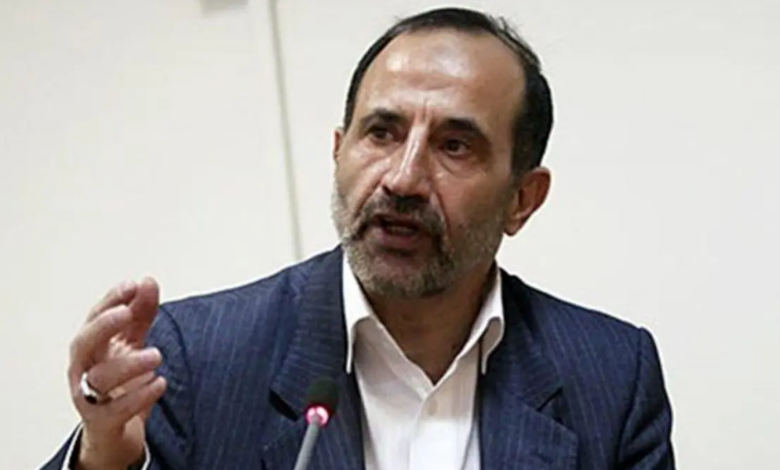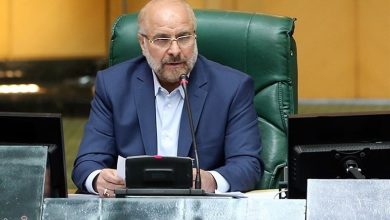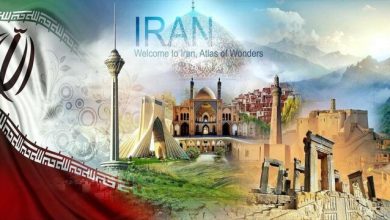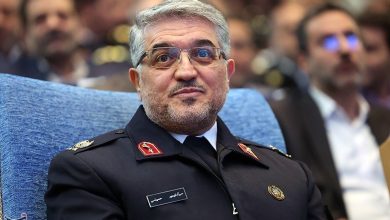The dollar will return to its equilibrium rate
Khoshchehreh (Khushchehreh), the economist, emphasizes that the “snapback mechanism” is not a new threat to Iran’s economy, and the monetary policymaker has the capacity to contain exchange-rate volatility.

According to the Sedaye Sama News Agency, Iran’s foreign exchange market has once again entered a state of turbulence. The activation of the “snapback mechanism” and the accompanying news have heightened the psychological tension among traders. However, Iran’s economy has previously weathered severe tests such as the tanker wars and recent political and security shocks. In this context, Mohammad Khoshchehreh, economist and former member of the Iranian Parliament, believes that the current situation is no different from the past, as the root cause of the recent fluctuations is more psychological than economic. According to him, the government and the Central Bank’s experience in managing currency shocks — from the fluctuations following the President’s martyrdom to the “True Promise” operations — has shown that policymakers are capable of overcoming the crisis.
Khoshchehreh argues that the “snapback mechanism” is more of a psychological and political pressure tool than an actual economic threat. He explains that the resolution text does not explicitly mention oil or banking sanctions, and countries such as China and Russia have no intention of enforcing it. In his view, divisions among UN Security Council members will prevent any practical consensus against Iran, and ultimately, previous experiences of stabilizing the currency market will be repeated.
The economist emphasizes that the United States has long imposed the harshest oil and banking sanctions on Iran and even failed during the tanker war. Therefore, the snapback mechanism cannot impose serious new restrictions on the country. Nonetheless, he warns that its potential operational effects should not be ignored and calls for proactive measures to neutralize them.
According to Khoshchehreh, China and Russia — Iran’s main oil buyers — have openly stated that they will not implement the Security Council resolution. He believes that political disputes among major powers will reduce the effort to reinstate sanctions to a political confrontation without concrete results.
He highlights the crucial role of the government and the Central Bank in controlling the situation and stresses the importance of regulatory policies to maintain market stability. Measures such as providing sufficient foreign currency to the market, managing the cryptocurrency sector, and relying on the Central Bank’s adequate reserves of gold and foreign exchange can help control inflation and stabilize the currency market.
Khoshchehreh notes that historical experience shows political shocks and the psychological effects of resolutions are usually short-lived and fade over time. He recalls that last year, after events like the President’s martyrdom and the “True Promise” operations, the foreign exchange market eventually stabilized — proving that the Central Bank has the capacity to manage the dollar rate effectively.
In his view, the key at this stage is to strengthen public confidence in policymakers and avoid hasty decisions. With the continuation of consistent economic policies, he expects the market to gradually calm down.
Khoshchehreh concludes that the recent rise in the exchange rate is mainly driven by psychological and emotional reactions to the snapback mechanism. Once these effects subside and economic reforms proceed, the exchange rate will return to its equilibrium level — and may even decline further.
Source: Tasnim News Agency







